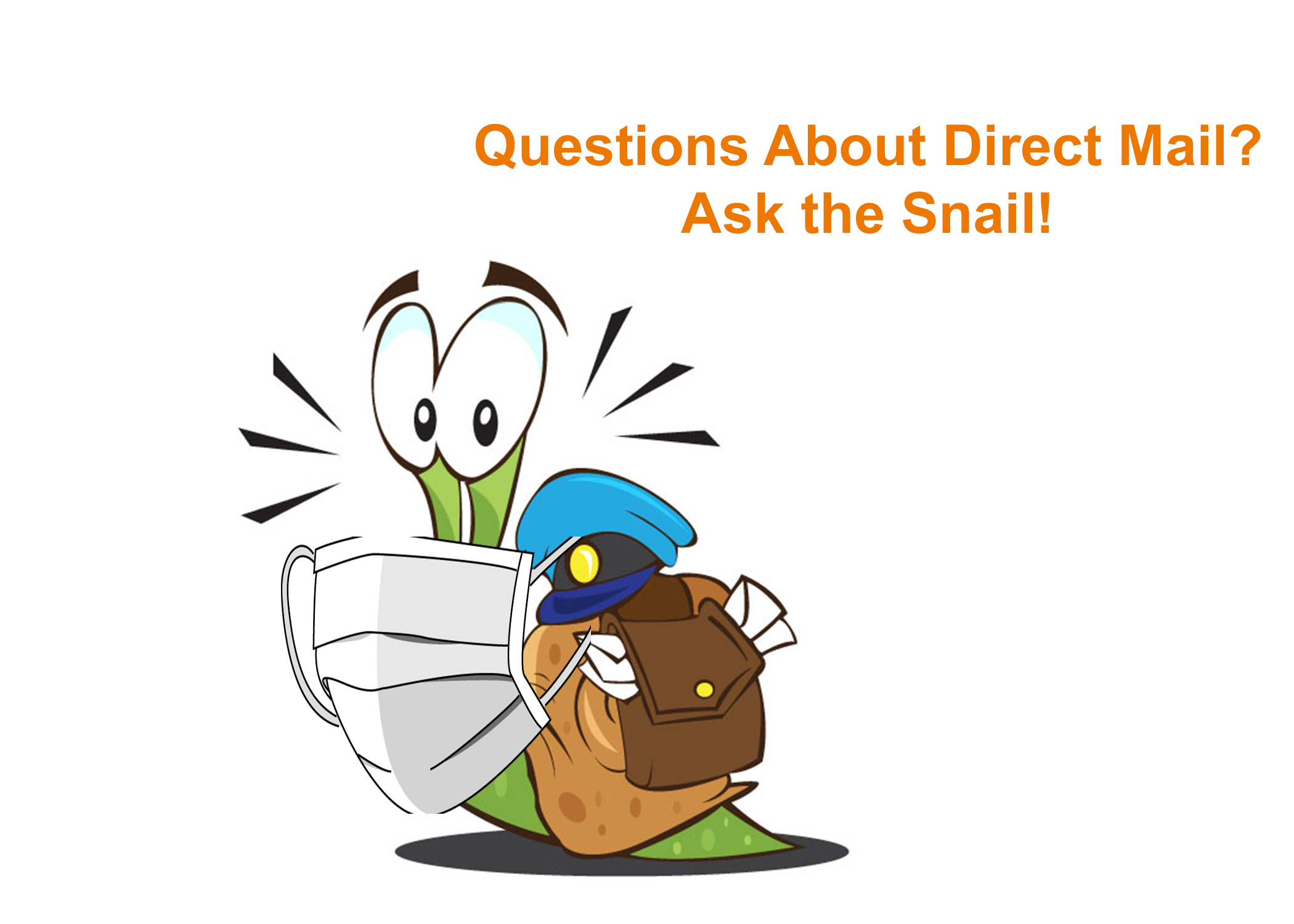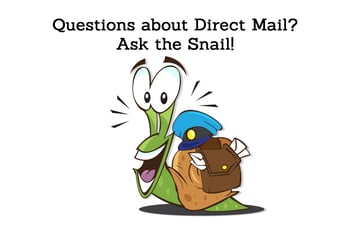
Have a burning question about Direct Mail that you've been longing to have answered? Ask Zippy! Zippy the Snail has been in the field of marketing since its inception. His wisdom is unmatched to those other "couriers" out there, and he's about as direct as it gets! Submit your questions to zippy@navistone.com.
 Dear Zippy,
Dear Zippy,
I’d like to think of myself as a progressive marketer, always willing to try new programs. And, I’ve tried a lot.
Being able to accurately measure the impact of these new programs is critical, so I now find myself dealing with the issue of attribution. How can I be sure I am allocating sales to the right programs so I can measure the effectiveness of each program and continue to invest in the right places?
Sincerely,
Anxious About Attribution in Ann Arbor
(P.S. You’ll be happy to know that we are currently considering a direct mail retargeting program – which has caused this issue to bubble back up to the surface.)
Dear Anxious About Attribution in Ann Arbor,
The issue surrounding attribution is one that comes up frequently and while there is some great material already published on this topic, it remains a concern of marketers.
When we test a new program, we have to structure it in a way that we're able to evaluate the incremental value added of that program. But, as more and more “new” programs are incorporated into the overall marketing mix, it gets complicated.
Using promotional codes is one way to allocate sales. The consumer references a specific code when transacting that is unique to a specific program and/or channel. Unfortunately, most promo codes aren’t used. Think about everyone’s favorite bed and bath retailer. We’ve all gotten a promotion from them. But have you ever transacted with them without the promotion code? I know I have. Consumers forget, can’t be bothered, or decide it’s just not worth it. Even if it was that program that drove the transaction.
Attribution models are another way to allocate sales. But, then we have the debate over first touch, last touch, equal distribution, fractional allocation, or cross channel attribution. It’s all too easy to bias a program's performance based on the attribution model use.
To learn more about these various attribution models check out this great piece in Forbes.
Using holdout panels can be an effective way to evaluate the performance of marketing programs. As you mentioned, progressive marketers test a lot. We add new programs to the mix all the time and the more programs, the greater the complexity.
But, think about how you test anything – creative, discount offers, contact strategy. You establish a control group and then test against that. Imagine your control group is now a population of consumers that are exposed to every type of marketing program you offer. You email them, you serve display ads to them, you get in their news feeds. Your test group is still exposed to all these channels and programs, but you add just one more. You add direct mail (thank you very much!).
When you evaluate the performance of these two groups, the only difference is the additional program to the test group. The difference in sales between the two groups can be directly attributed to the new program.
For more information on attribution, please check out these informative blog posts.
Promo Codes and the Attribution Myth
What's All the Buzz? Attribution...Where to Start
Is Order Attribution a Waste of Time and Money?
Direct vs Digital: It's Time to End the Attribution War


Lookalike Audiences Enhance customer acquisition by identifying high-potential prospects, boosting response rates, and lowering advertising costs.
Retargeting Postcards Double the performance of your direct mail retargeting.
Amplify Recognize unknown visitors who are actually customers. Add 20-40% to your ESP/CRM campaigns.
IQ Mail Retain customers with personalized, timely messages for those opting out of digital channels.






Comments